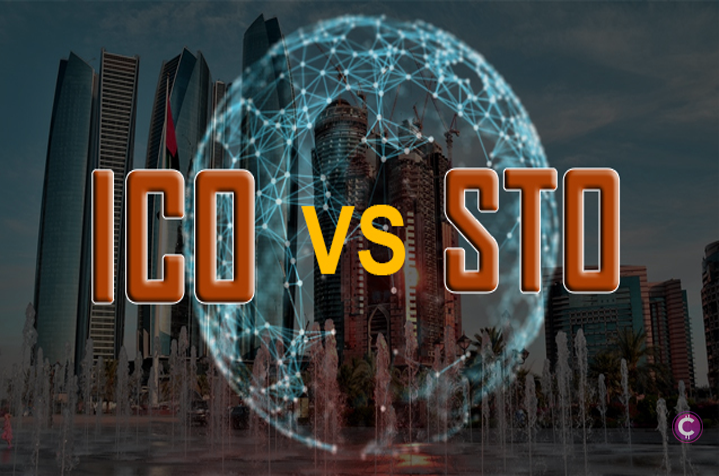
An investor receives a crypto coin or token that represents their investment in both initial coin offerings and security token offerings, which appear to follow a similar procedure on the surface.A security token, on the other hand, comes with an...
An investor receives a crypto coin or token that represents their investment in both initial coin offerings and security token offerings, which appear to follow a similar procedure on the surface.A security token, on the other hand, comes with an underlying investment asset, such as stocks, bonds, funds, or real estate investment trusts (REITs), in contrast to an ICO coin or token.
STO and ICO, on the other hand, differ more.Let's look at them right now.
What distinguishes STO from ICO?
The majority of ICOs are primarily intended for unregulated fund raising.
In reality, the majority of ICOs disguise their offerings as utility tokens to get around regulations.The majority of projects and founders assert that tokens are distributed to users in order for them to access their native platforms or decentralized applications (DApps).The main argument here is that their coin is intended for use, not speculation.This line of reasoning enables ICO projects to circumvent regulation and the need for registration with the SEC or other stringent regulators.
STOs, on the other hand, are initiated with regulatory governance in mind.They are lawful, meet all legal requirements, and are registered with the appropriate government bodies.
As a result, starting an ICO is much simpler than starting a STO.A lot of initial compliance work is required of a business for STO.ICOs can be launched and participated in by anyone, provided that local laws do not prohibit it. However, security tokens can only be sold or purchased by accredited investors or at least known investors who comply with all applicable regulations.
Advantages of an ICO over a STO The following are the most frequently cited advantages of an ICO:
There is no barrier to entry for buyers and sellers.
Positive effects on the network
Automated distribution of the tokens is straightforward.
The teams can manage their finances in any way they want.
A well-executed digital campaign is often all that is needed for a successful ICO.
Investors gain high profitability and early adopter benefits if a coin's price rises and the team delivers.
Participation in some ICOs can be done anonymously.
In addition, an STO provides the following benefits:
In reality, investors acquire underlying assets whose value is derived from something else.
100% regulated offerings that guarantee the safety of investors.
In general, projects that use STOs are more mature and reliable than those that use ICOs.
While the ICO market is shrinking, STOs are expanding significantly.
It is a trend that continues.
It is anticipated that security tokens will be traded through broker-dealers that are also supervised by regulatory bodies.
The next big thing in traditional finance is security tokens.
Less speculation and manipulation of the market.
Disadvantages of an ICO versus a STO The most obvious disadvantages of an ICO are:
the manipulation of the cryptocurrency market and high volatility.
Lack of liquidity
Uncertainty regarding the product's completion and delivery in accordance with the white paper.
For ICOs, scams and pump-and-dump schemes are common.
Both investors and projects can face difficulties as a result of regulations.
Space with a lot of risks and no regulations.
In the meantime, STOs have the following drawbacks:
It takes a lot of time, effort, and money to obtain regulatory approval.
can only be available to accredited investors.
can necessitate significant financial investment.
The SEC has only permitted institutional investors to participate in Reg A+ STOs so far, and none have been approved.